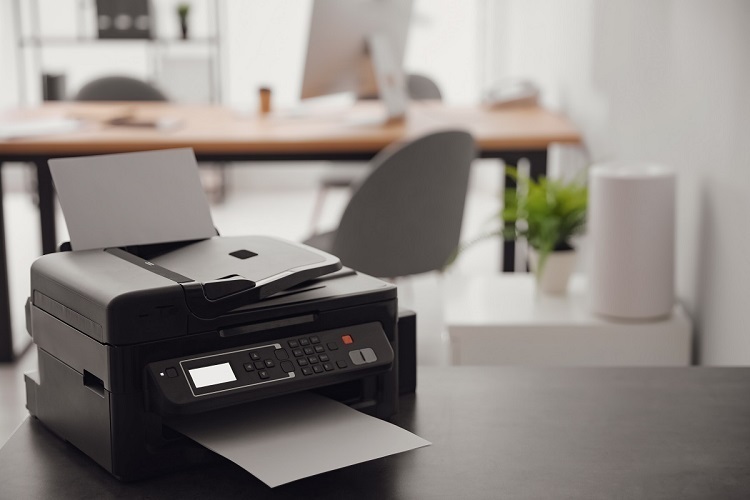The art of printing has existed since before AD 220. In China, the form followed back then was called woodblock printing. Printing involves the reproduction of text and images by using master forms or templates. The man behind the revolution of printing processes and catapulting the printing profession into mainstream market by reducing the cost of printing is Johannes Gutenberg, the inventor of the printing press. Typically, in the modern age, printing is done on paper using ink and advanced printing presses. However, it is also done on metals, plastics, cloth, and composite materials. Paper-based printing is pursued as a large-scale industrial process as an essential part of the publishing and stationery business.
In contemporary times, printing could not escape the global digitisation revolution. By 2005, digital printing was contributing nine percent to the total output of the paper printing industry. With the passage of time, a variety of printing technologies were used for different purposes like blueprint, daisy wheel, dot-matrix, line printing, heat transfer, inkjet, electrophotography, laser, and solid ink printing. Printing is broadly categorised under two heads: small and wide format.
A Printer’s Functions
Printers as professional groups became very common with the advent of Gutenberg’s printing press. Once thought to be a craft of a skilled individual, the machine made people realise that anybody with the basic skill of operating the machine could print. The significance of the printing industry only increased with time.
With the blossoming of the advertising industry and the publishing industry, the printer is forever in high demand. Newspapers, magazines, books, stationery, packages, advertisement hoardings and flexes, banners, etc. require the skill of good digital printers. There is also a section of printers, better known as printmakers, who operate such printing presses that help them print customised works for collectors. The work is usually manual.
With the demand for printed garments on the rise, printers are now necessary for direct-to-garment printing technology. It is a process where specialized inkjet technology is used to print on garments.
What to Consider While Choosing a Printer
Choosing a good printer is essential for the success of your projects. Therefore, one should always research thoroughly before choosing a printer.
- The printer of your choice should hold the reputation of delivering his or her services within the stipulated time. Therefore, make sure your printer can handle the workload that you are giving them. While the deadline is important, so is quality, and there are many Adelaide printers who are equipped to get the job done right.
- Make it a point to check that your printer is capable of managing your project responsibly and is open to positive as well as negative customer feedback.
- Most importantly, check the range of services that they offer. The more the variety in digital printing, the more skilled is their staff. Some services are full-colour offset printing, bindery and finishing processes, multicolour offset printing, etc.

